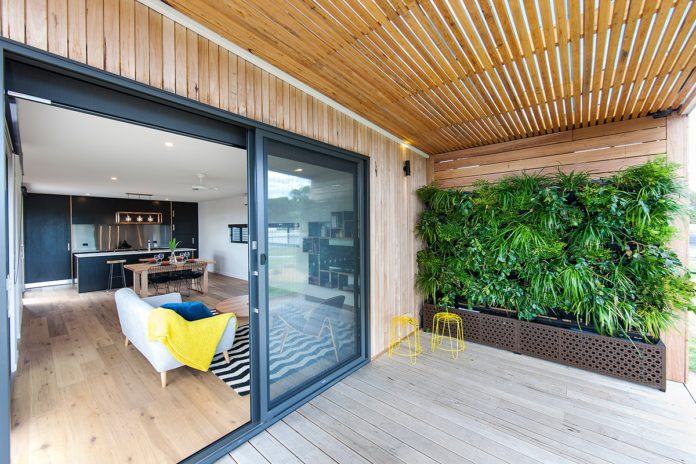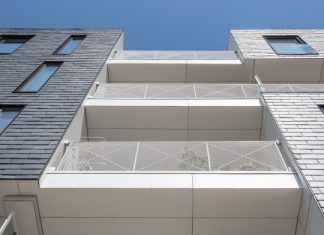Renovating your home is a chance to refresh your space, improve functionality, and increase comfort — but it can also have a major environmental cost. From construction waste to energy use, home upgrades often leave behind a sizeable footprint. The good news? With thoughtful planning, you can minimise that impact and even make your home more sustainable in the long run.
Whether you’re upgrading a single room or embarking on a full-scale renovation, here’s how to reduce waste, save resources, and make eco-conscious choices along the way.
Start with Smart Planning
Sustainable renovations begin long before any demolition. Good planning helps prevent overbuying, design mistakes, and waste. Ask yourself:
- What parts of my renovation must be replaced, and what can be repaired or repurposed?
- Can I source reclaimed or recycled materials?
- Is there an option to improve energy efficiency at the same time (e.g. insulation or window upgrades)?
When planning materials and layout, favour timeless designs over trendy ones. This reduces the need for future renovations, saving both money and environmental resources.
Choose Eco-Friendly Materials
The materials you choose will significantly affect your home’s environmental footprint. Here are a few tips for selecting greener options:
- Reclaimed timber or recycled metals can bring character to a space while reducing demand for raw resources.
- Low-VOC paints and sealants improve indoor air quality and reduce toxic emissions.
- Sustainably sourced wood (look for FSC or PEFC certification) ensures you’re not contributing to deforestation.
- Natural insulation materials like wool, cork, or recycled denim can be effective and eco-conscious.
Whenever possible, avoid plastics, particle board, and synthetic flooring that may release harmful chemicals or have a short lifespan.
Reduce Demolition Waste
One of the biggest environmental impacts of home renovation is the waste produced during demolition. Rather than tearing everything down, consider:
- Deconstruction over demolition: Carefully dismantling structures allows you to salvage and reuse doors, windows, cabinetry, and hardware.
- Selling or donating usable materials instead of sending them to landfill.
- Reusing existing elements like flooring, benchtops, or built-in shelving — even with a little cosmetic touch-up, they can look brand new.
It’s also worth addressing issues like overgrown outdoor areas or blocked drainage while you’re at it. If your project includes garden or land clearing, make sure you follow sustainable practices — vegetation removal should be done responsibly to preserve native species and prevent erosion.
Energy-Efficient Upgrades
Renovation is the perfect time to boost your home’s energy efficiency. This helps reduce your power bills and your carbon footprint. Here are a few ideas:
- Install double-glazed windows to retain indoor heat and reduce noise pollution.
- Upgrade to LED lighting and energy-efficient appliances.
- Seal drafts around doors and windows to stop heat escaping.
- Use passive solar design principles — like orienting living spaces toward natural light and using thermal mass to regulate temperature.
You might also consider adding solar panels or a rainwater collection system, depending on your budget and long-term goals.
Mindful Disposal and Recycling
Even with the best planning, some waste is unavoidable. The key is knowing how to dispose of it correctly:
- Separate materials (metal, wood, concrete, etc.) for proper recycling.
- Work with a skip bin provider that supports responsible waste management.
- Compost organic matter from garden or landscaping work.
When hiring trades or contractors, ask about their waste disposal practices. Choose professionals who are aligned with your sustainability goals.
Decor That Doesn’t Cost the Earth
Once the main renovation work is complete, the final touches make your home truly feel like yours. But it’s easy to fall into the trap of buying fast furniture or trendy items that won’t last. Instead:
- Choose second-hand or upcycled pieces from local markets or online groups.
- Support local artisans and eco-conscious brands when buying new.
- Opt for natural fabrics like linen, cotton, or hemp in furnishings and decor.
Even small touches — like indoor plants, solar-powered garden lights, or energy-saving blinds — can make a big difference.
Final Tip: Take It One Step at a Time
Not every eco-friendly renovation has to be a major overhaul. You don’t need to replace everything at once or spend a fortune to be sustainable. Start small if needed:
- Switch to eco-friendly paint during your next room update
- Install a water-saving shower head or low-flow taps
- Replace worn carpet with bamboo or cork flooring
Every thoughtful decision adds up. And when you approach renovation with sustainability in mind, your home becomes more than just a beautiful space — it becomes a healthier, longer-lasting place to live.















